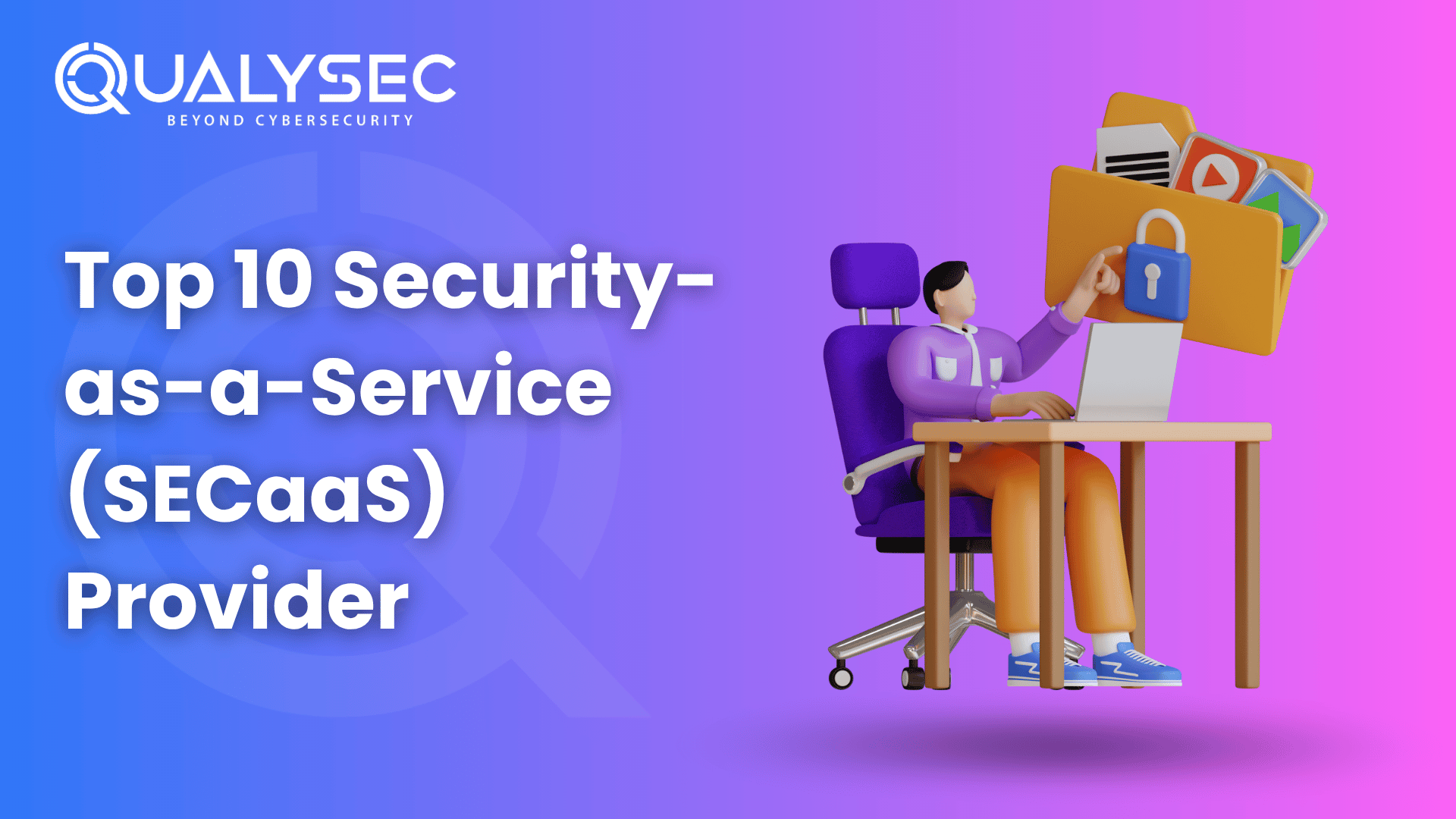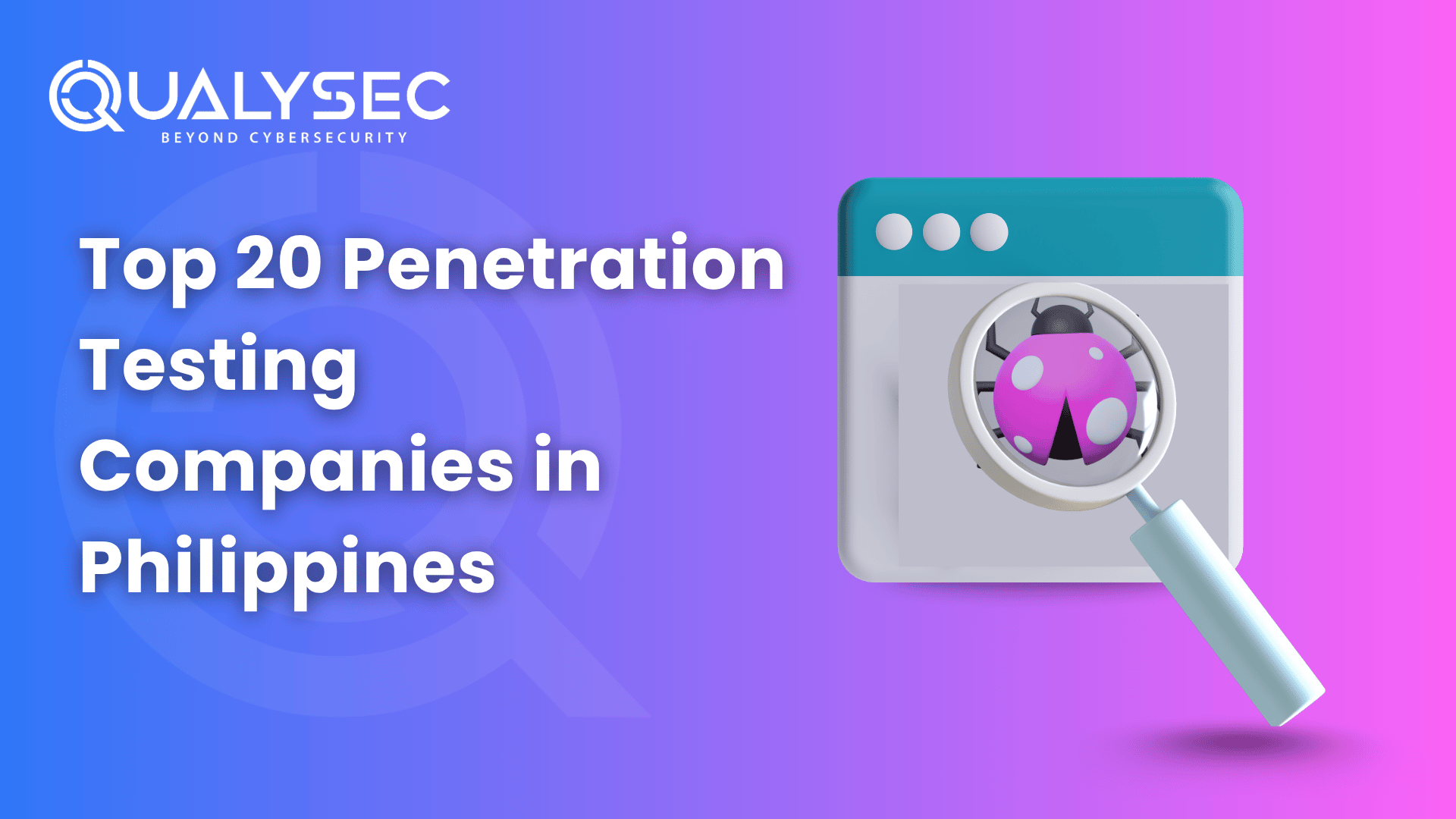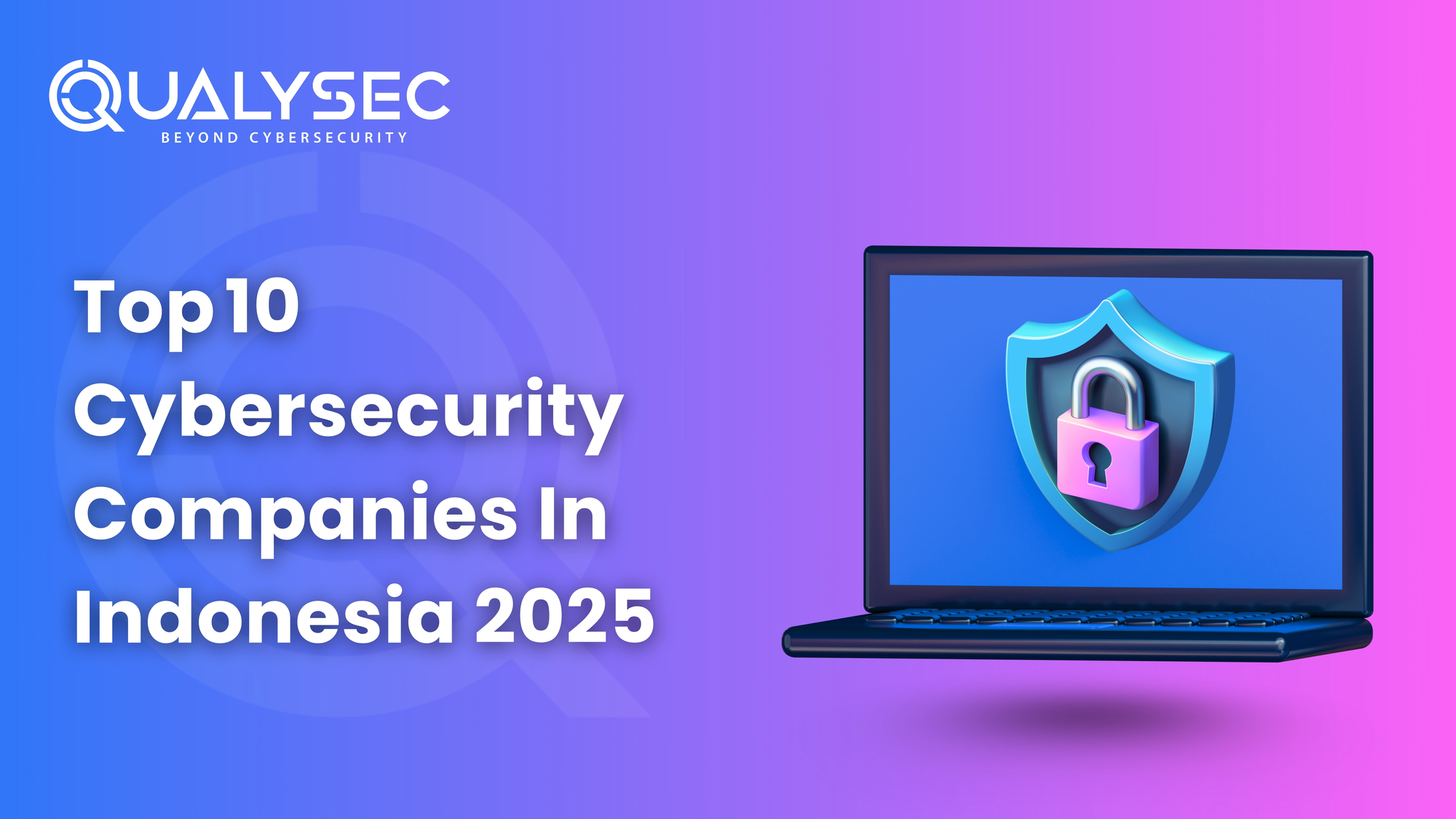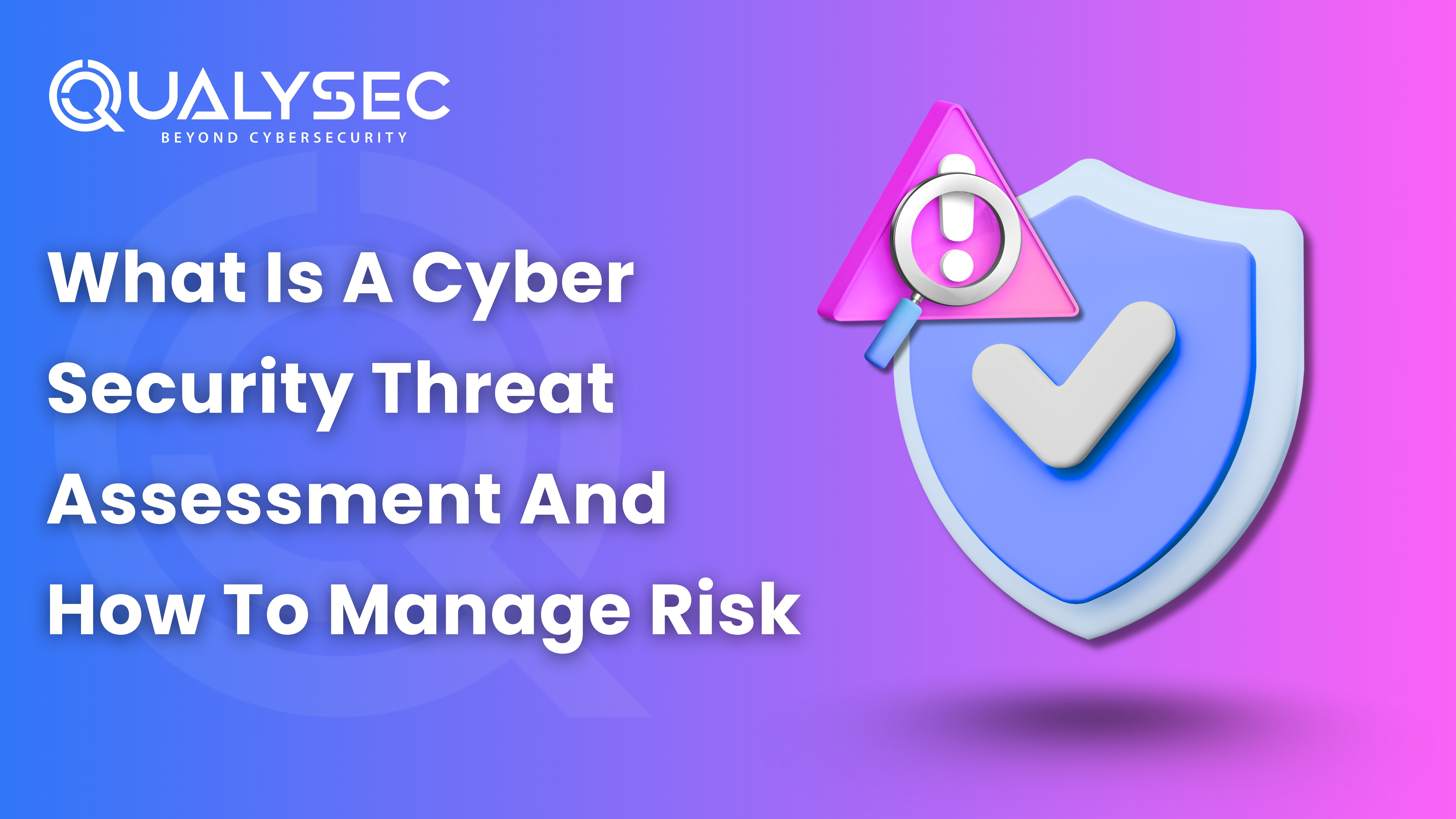What Is Cloud Infrastructure Security?
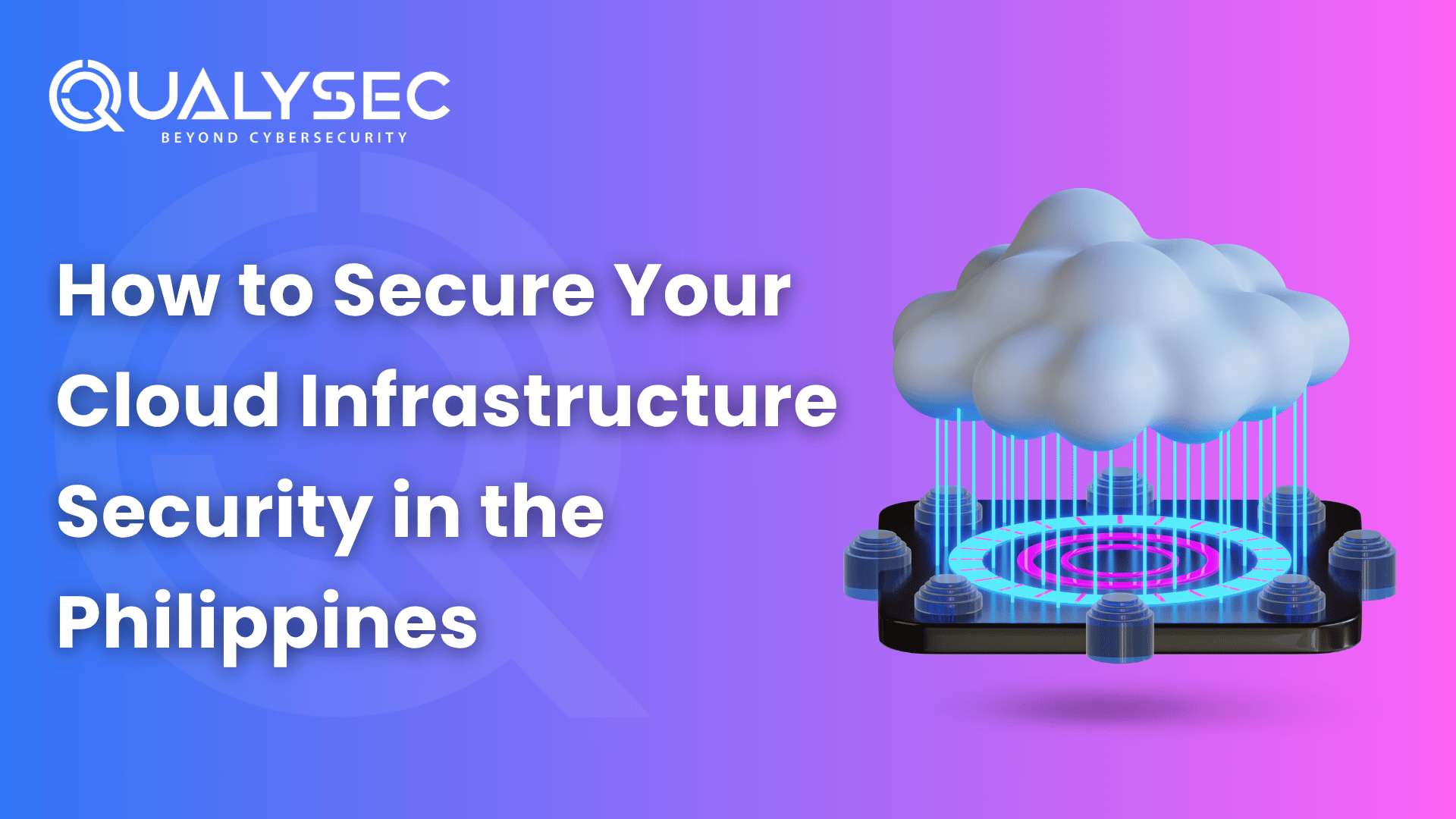
Strong 8k brings an ultra-HD IPTV experience to your living room and your pocket.
All the steps, technologies, and processes that keep server, storage, database, networking, and application security in cloud environments are collectively known as cloud infrastructure security. Both the security of on-site data centers and that of virtual systems utilized on AWS, Microsoft Azure, and Google Cloud are included in it.
In contrast to the traditional setup, cloud server security is based on a model where some responsibilities are shared. As a consequence, cloud providers are responsible for the security of hardware, storage, and the global cloud infrastructure. Once information, applications, and records are in the cloud, the business must take responsibility for them by ensuring their security.
Key elements involved in how to secure cloud infrastructure include:
- Identity and access management (IAM)
- Data encryption (in transit and at rest)
- Continuous threat monitoring and alerting
- Regular vulnerability assessments and penetration testing (VAPT)
- Compliance with data protection laws like the Philippines’ Data Privacy Act
Securing all layers of the cloud stack enables a business to prevent unauthorized access, thereby protecting against data breaches and service outages.
Why It’s Critical in the Philippines
The stakes for cloud security service are particularly high in the Philippines, where regulatory enforcement and cyber risks are both on the rise.
Regulatory Pressure: The Data Privacy Act of 2012, implemented by the National Privacy Commission (NPC), requires all companies processing personal data to adopt proper organizational, physical, and technical controls. Failure to do so not only causes reputational damage but also risks costly fines and criminal liability.
Remote Work Revolution: Remote and hybrid work patterns have become the new norm in tech startups and established industries since the outbreak. This decentralization operation adds additional points and access points to the network, significantly increasing the attack surface.
Local Threat Landscape: The Philippines has experienced a significant surge in cyberattacks targeting both public and private sectors. Ransomware attacks on hospitals, phishing scams against e-commerce sites, and local enterprises face mounting pressure to secure their digital landscapes.
Cloud-Specific Vulnerabilities: Many companies are using cloud-hosted CRMs, e-learning software, or e-commerce applications without implementing specialised security management. This dependence makes cloud infrastructure a prime target for cybercriminals.
Conclusion
Cloud Infrastructure Security is more than just adherence to global best practices. It involves considering local laws, newer regional threats, and the unique architecture of your business environment. From multi-cloud configurations to compliance with the Philippines’ Data Privacy Act, every level of your cloud must have careful, ongoing protection.
Require professional assistance to evaluate and improve your cloud security posture?
Collaborate with Qualysec, the Philippines’ most trusted cloud security assessment, penetration test, and risk mitigation partner for enterprises.
Schedule a free consultation today to discover gaps, eliminate risks, and stay one step ahead of threats.
Frequently Asked Questions (FAQ)
1. How do you keep cloud infrastructure secure?
Ans: Organizations need to build their cloud infrastructure security in several different layers. One should always utilize identity access controls and configure systems properly; however, it’s also necessary to continue monitoring, use real-time alerts, employ encryption, protect endpoints, and conduct regular vulnerability checks. You should ensure that security is integrated into every action taken in the cloud, from initial setup to ongoing management and expansion.
2. What is cloud infrastructure security?
Ans: Cloud infrastructure security is about using specific rules, technologies, and methods to secure information and various applications in the cloud. It prevents unauthorized use, prevents data loss, and ensures the system’s reliability while adhering to industry- or area-specific compliance rules.
Note: IndiBlogHub features both user-submitted and editorial content. We do not verify third-party contributions. Read our Disclaimer and Privacy Policyfor details.



